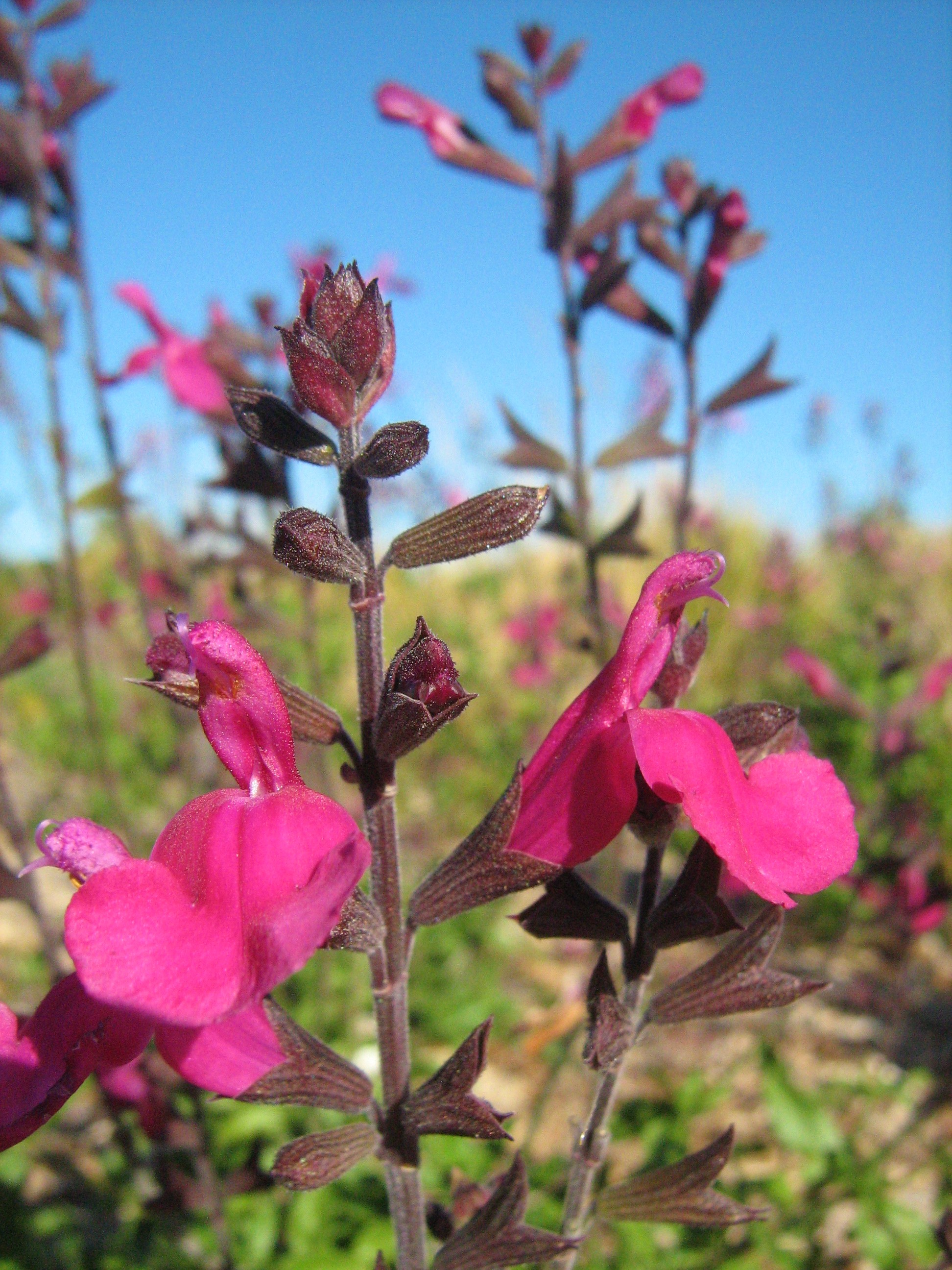



Sage, like most herbs, has a fascinating history that spans from the Mediterranean to Egypt, to France and China.
SAGE FLOWER PROFESSIONAL
As with any plants or foods check with your health care professional for any contraindications. Sage has lots of nutritional value so eat her up and add to fresh tomato sauce or make sage butter. I like to infuse sage into honey, add to my mashed squash or potatoes, drink fresh tea, or rub her scent in my hands while taking a break to breathe. There are many benefits to sage a powerful anti-inflammatory, antibacterial, anti-diabetic, antidepressant, anti-tumor, and gastroprotective. This is not to be used as personal medical advice always consult your health care professional for individual concerns. This article was reviewed by herbalist Lori Snyder. The leaves have a savory, earthy flavor that is especially popular for use with meat and poultry dishes. It has purple, white, or pink flowers and oblong, gray-green leaves that are covered with a fine fuzz. Part of the mint family, sage grows into a bushy plant up to two feet tall and two feet wide. Read on for the essential guide to sage, which will give you all the know-how you need to grow, harvest, preserve, and use sage.Ĭulinary sage or Salvia officinalis is a perennial herb that is native to the Mediterranean. The sage plant is hardy and easy to grow, so if you aren’t already growing this garden powerhouse, perhaps this season is the time to begin. Plus, when planted in the garden, it attracts beneficial pollinators and prevents harmful pests. It adds great flavor to many different dishes, but this herb also holds a lot of healing properties. Sage has been one of the most popular culinary herbs since ancient times.


 0 kommentar(er)
0 kommentar(er)
